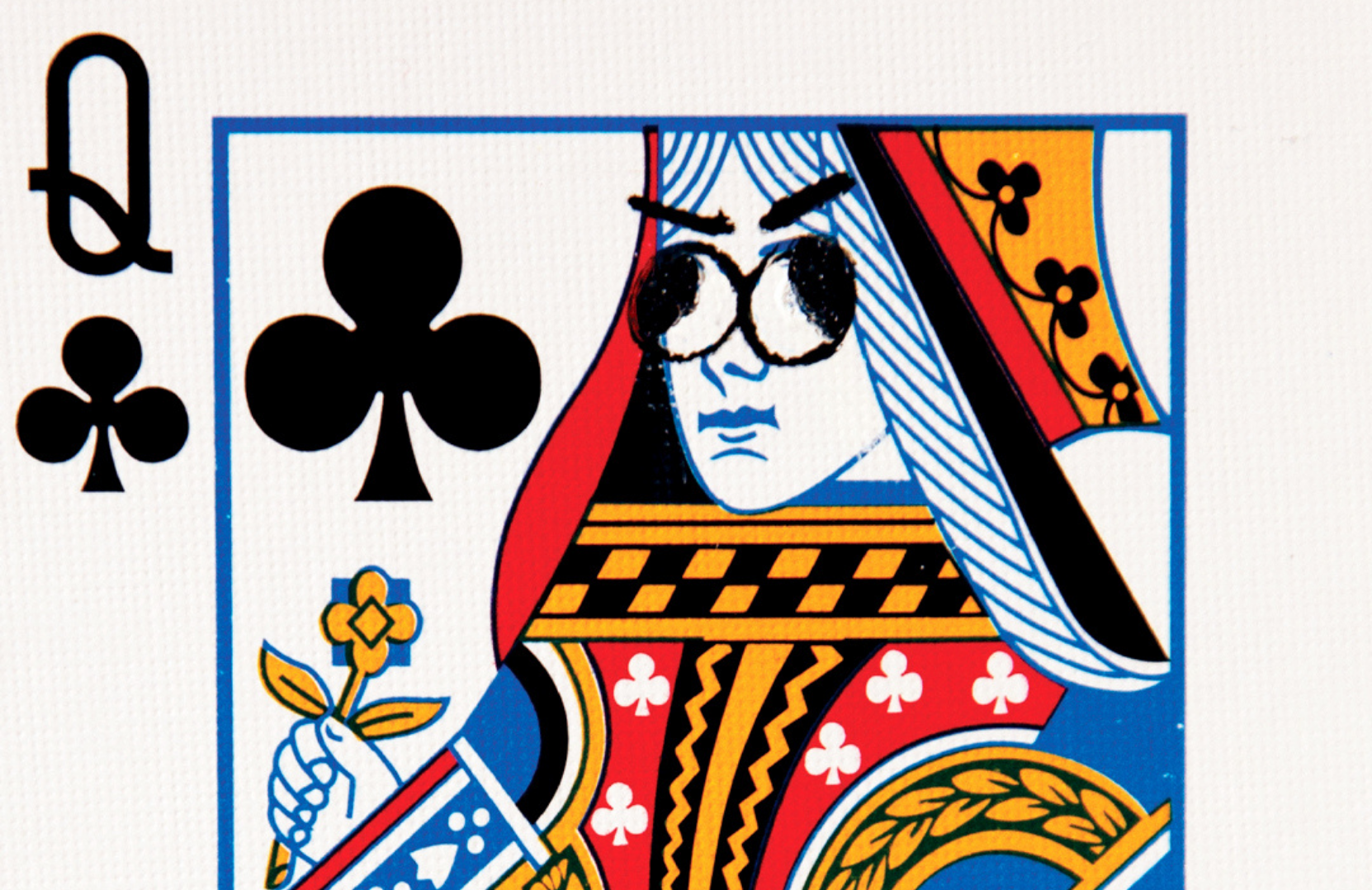The Windsor royals are simultaneously adored and hated, and it seems that nothing about their lives is off limits. The public is fascinated by the way they
dress, the way they spend their time, and especially, their children.
A fascination with the royals isn’t new. Fans and critics alike have been peering into the bulletproof windows at Buckingham Palace for years, watching their every move and satirizing their day-to-day lives.
David Francis Taylor explains in an article in The Conversation, that James Gillray mercilessly satirized King George III and Queen Charlotte in the late 1700s, drawing cartoons that depicted them anywhere from the chopping block to their private, porcelain thrones. King Edward VII was satirized by Max Beerbohm as visiting a French nunnery and mistaking it for a brothel, according to a lecture from Gresham College at the Museum of London. And Taylor adds that King George IV was satirized most viciously of all, since he had a rather public habit of sleeping around.
But today, the increasing importance of mental health and privacy in our society has raised some ethical questions: How far can we take satire of the royal family?
The release of HBO’s The Prince has caused a barrage of outrage due to its depiction of the royals as “a collection of dysfunctional and egotistical tea drinkers raising their young children to be spoiled and brutish tyrants,” according to The Washington Post. It is currently unavailable in Canada due to its controversial reviews.
But depicting the Queen as a pearl-studded mafia boss and Prince William as a character whose head closely resembles an extremely under ripe pear is the least of critics’ worries. The primary concern is that the show centres on eight-year-old Prince George, and characterizes him, according to the Daily Mail, as “child tyrant with expensive taste, a withering sense of humour and a dim view of his family.”
Don’t get me wrong, I love satire. Its intrusive and personal nature is what makes it so fun to take in (I am particularly fond of the parody of Superman in The Boys). But when it comes to real-life figures, especially children whose worst offence is being born into one of the world’s most famous families, it crosses a line.
Prince William and Harry have frequently spoken about the difficulties they experienced growing up in the centre of a media frenzy, and there is concern that this will be perpetuated on their own children through satire like The Prince.
The recent Charlie Hebdo cartoon titled “Why Meghan Quit Buckingham” has received even more outrage. The cartoon features the Queen kneeling on Meghan Markle’s neck while Markle says, “Because I couldn’t breathe anymore!”
“The Queen as George Floyd’s murderer crushing Meghan’s neck? Meghan saying she’s unable to breathe? This doesn’t push boundaries, make anyone laugh or challenge racism. It demeans the issues & causes offence, across the board,” said Halima Begum, the CEO of Runnymede Trust (a race equality think tank), in a tweet.
Satire is supposed to take a critical stab at society or pop culture, but it’s supposed to be funny, it’s supposed to be absurd. I’m not sure that it’s funny to make fun of a vulnerable eight-year-old boy, and it is definitely not funny to parody George Floyd’s murder. Satire should push boundaries, but it should not contribute to the social issues that it is trying to critique.
Image credits: Brett Boyd





0 Comments